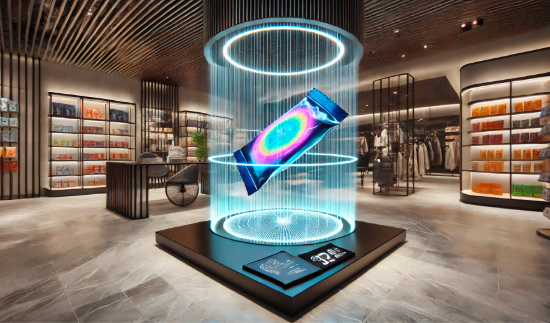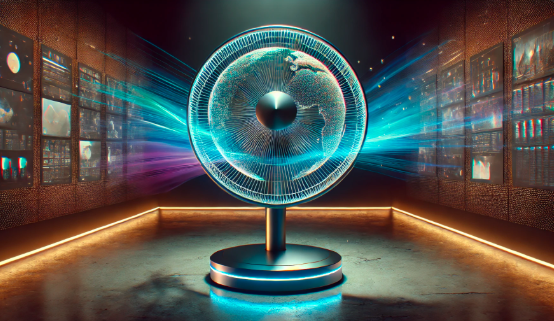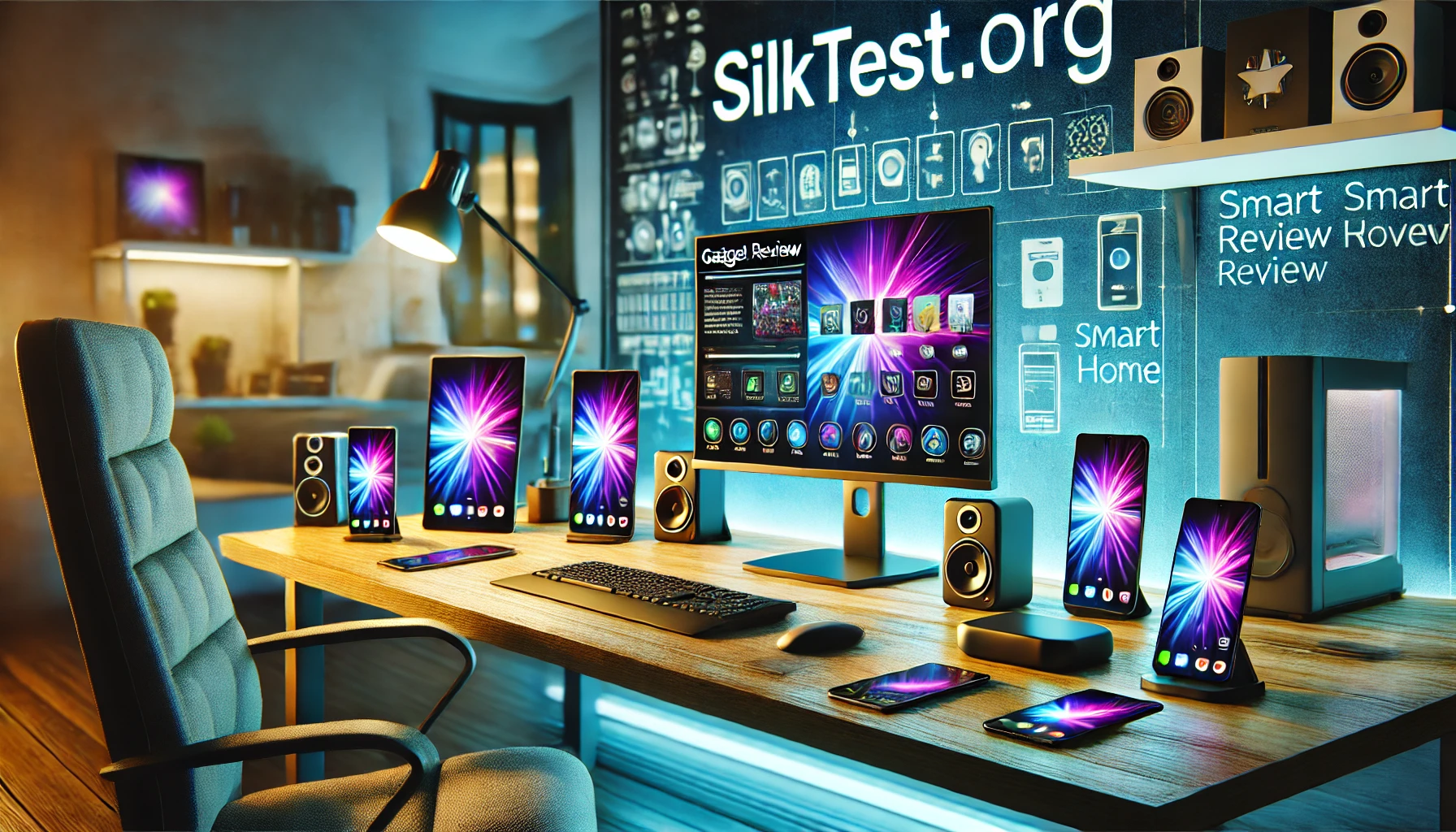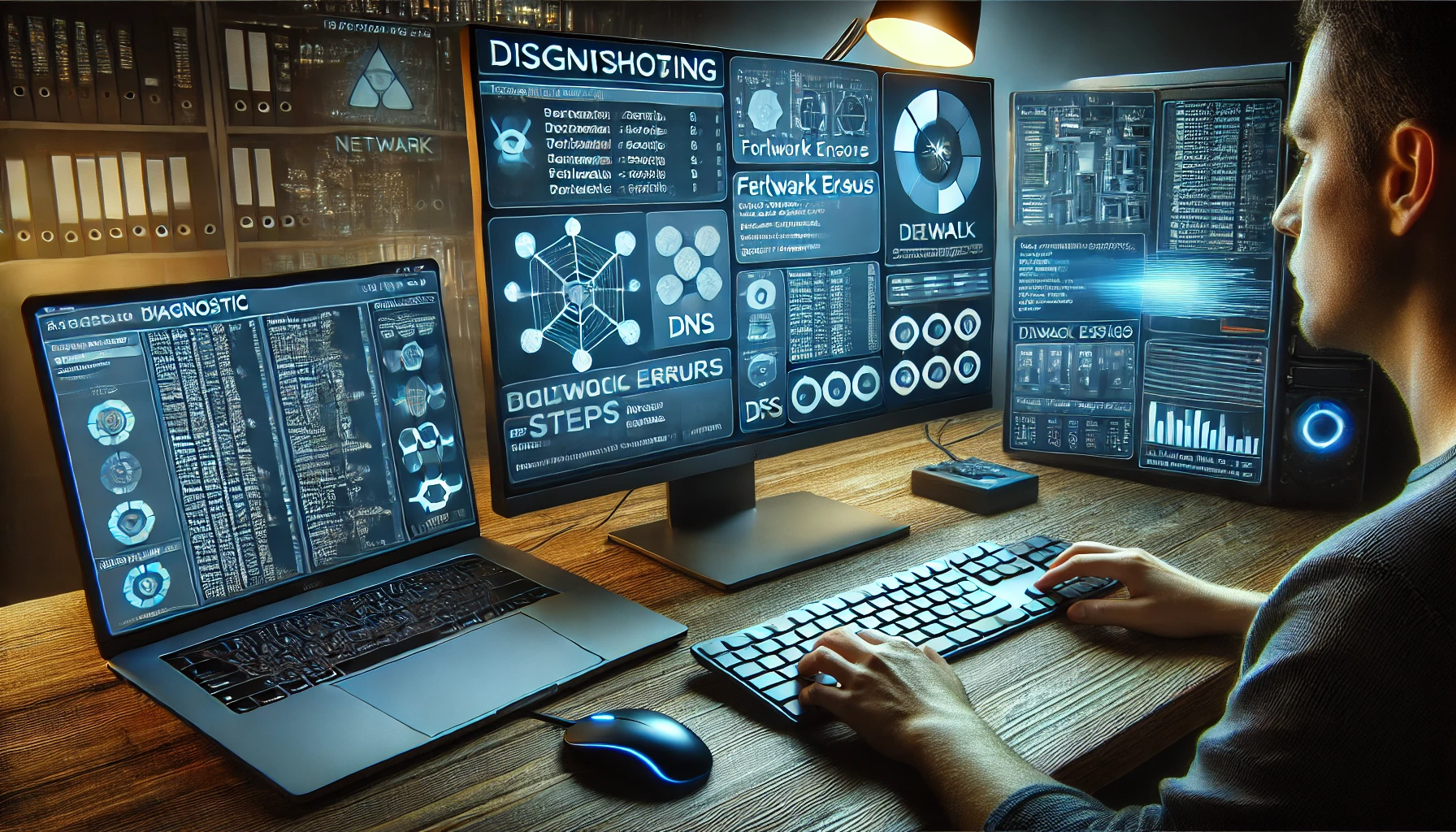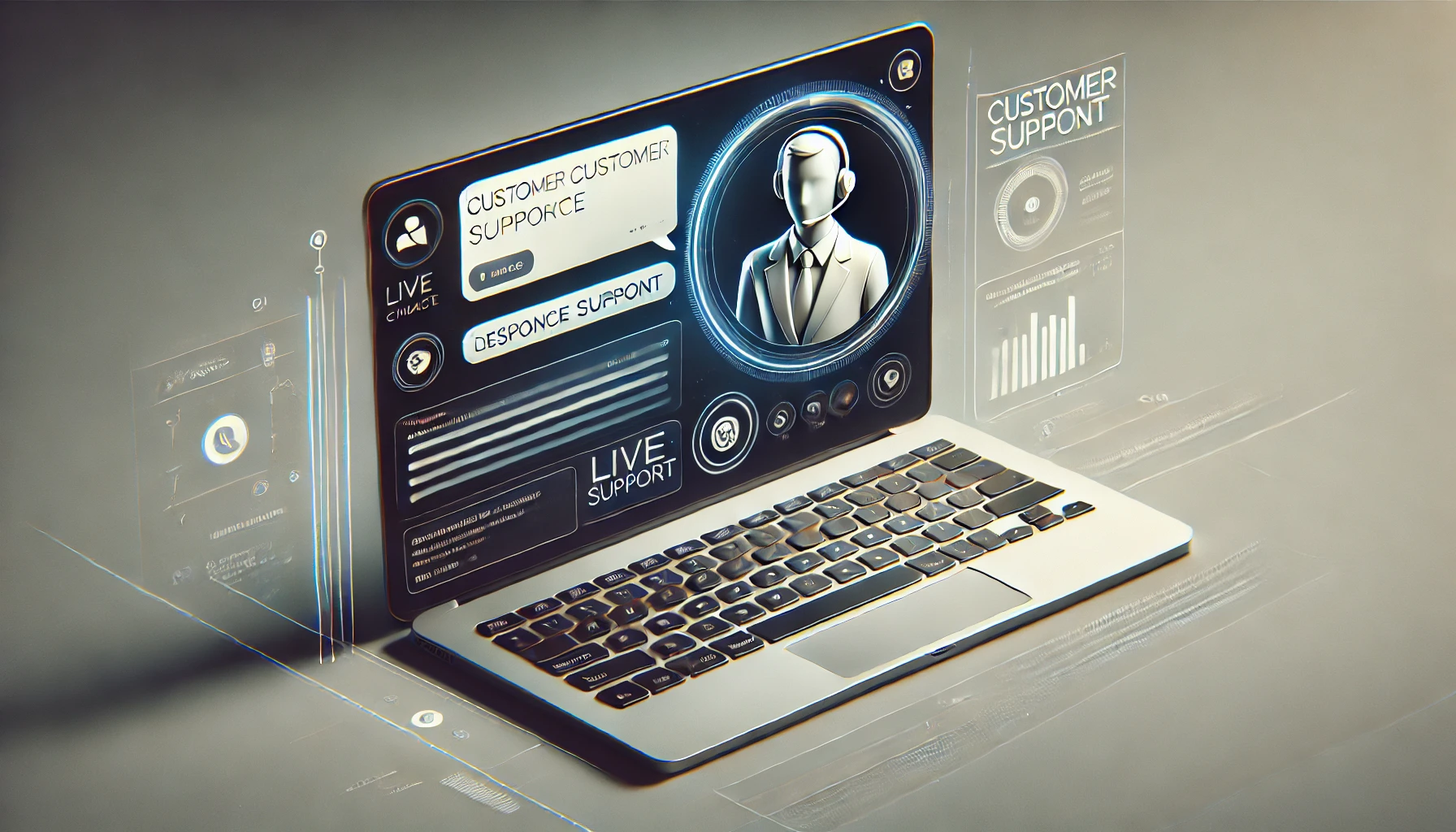3D projection fans, often referred to as holographic fans, are innovative tools that create captivating visuals, appearing as floating 3D images in mid-air. They are widely used in advertising, events, and creative displays due to their eye-catching nature.
In this comprehensive guide, you will learn how to create content for a 3D projection fan step by step, using clear and informative language. This article is designed to help beginners and professionals alike while optimizing for the keyword “how to create content for 3d projection fan.”
Introduction to 3D Projection Fans
3D projection fans are devices that use LED technology on rapidly spinning blades to produce hologram-like visuals. The technology takes advantage of the persistence of vision, allowing the human eye to perceive a three-dimensional image when the fan blades spin at high speeds. These fans are highly effective in marketing, retail, and exhibitions, providing a modern and futuristic way to engage audiences.
How 3D Projection Fans Work
The Technology Behind the Fans
3D projection fans consist of LED strips mounted on spinning blades. These LEDs light up in a programmed sequence, synchronized with the rotation of the blades. The rapid movement creates the illusion of a floating 3D image. The visual effect is most striking in low-light conditions.
Key Components
- LED Strips: Emit light to form the visual.
- Rotating Blades: Spin at high speeds to create the 3D effect.
- Control Unit: Manages the timing and intensity of the LEDs.
- Power Source: Powers the device, either through direct electricity or batteries.
Planning Your Content
Before diving into the creation process, it’s crucial to plan your content. Proper planning ensures that your visuals align with your objectives and resonate with your target audience.
Define Your Objectives
Ask yourself: What do you want to achieve with your 3D projection fan content? Common goals include:
- Promoting a product or brand.
- Creating an immersive visual experience.
- Sharing information in an engaging way.
Identify Your Target Audience
Understanding your audience is key. Are you targeting tech enthusiasts, potential customers, or event attendees? Tailor your content accordingly to maximize its impact.
Storyboarding
Develop a storyboard to outline your visual sequence. Sketch the key elements and animations you want to include. This step helps you visualize the final output and ensures a smooth workflow.
Creating 3D Content
Creating content for a 3D projection fan involves several steps, from designing the visuals to rendering the final output.
Step 1: Choose the Right Software
Use professional-grade software to design and animate your content. Popular choices include:
- Blender: Free and versatile 3D modeling software.
- Cinema 4D: Ideal for professional animations.
- Adobe After Effects: Great for adding motion effects and polishing your visuals.
Step 2: Design the Visuals
- Start with a Black Background: 3D projection fans rely on contrast to create the floating illusion. A black background ensures the non-illuminated areas blend seamlessly with the surroundings.
- Add Depth and Movement: Incorporate lighting effects and subtle movements to enhance the 3D appearance.
Step 3: Animate Your Content
Focus on smooth transitions and realistic movements. Use keyframes and motion paths to control the animation. Make sure your design is loopable if it needs to play continuously.
Step 4: Optimize for the Device
- Resolution: Match the resolution of your fan’s display.
- File Format: Export the file in a format compatible with your device, such as MP4.
- Frame Rate: Use a consistent frame rate for smoother visuals.
Uploading Content to the Fan
Once your content is ready, it’s time to upload it to the device. Most 3D projection fans allow file transfers via an SD card, USB, or a dedicated mobile app. Follow these steps:
- Transfer the file to the fan’s storage device.
- Use the app or control panel to preview the content.
- Adjust settings such as brightness and rotation speed if necessary.
Best Practices for 3D Projection Fan Content
Focus on Simplicity
Avoid overcrowding your visuals. A single, clear message is more effective than a cluttered design.
Use High-Quality Graphics
Low-resolution images can ruin the immersive experience. Invest in high-quality visuals for the best results.
Test and Iterate
Always test your content before finalizing it. Gather feedback and make adjustments to ensure perfection.
Example Table: Recommended File Settings
| Setting | Recommended Value |
|---|---|
| Resolution | 1080p or device-specific |
| Frame Rate | 30-60 fps |
| File Format | MP4 |
| Duration | 30-60 seconds |
FAQs
- What file formats are supported by 3D projection fans? Most 3D projection fans support MP4 and AVI file formats. Check your device’s manual for specific details.
- Can I use my smartphone to create 3D fan content? While smartphones can handle basic editing, professional 3D modeling and animation require dedicated software on a computer.
- How do I maintain my 3D projection fan? Regularly clean the blades and update the firmware to ensure optimal performance.
- What are the lighting requirements for 3D projection fans? These fans work best in dim or dark environments where the visuals can stand out.
- Can I use text in my 3D fan content? Yes, but keep the text minimal and ensure it is easy to read from a distance.
Conclusion
Creating content for a 3D projection fan is both an art and a science. By understanding the technology, planning your visuals, and following best practices, you can craft stunning holographic displays that captivate your audience. With the right tools and techniques, your content can make a lasting impression and elevate your message to new heights.
Additional FAQs:
- How much storage space is needed for 3D projection fan content?
The required storage space depends on the resolution and duration of your content. Typically, a 1-minute HD video requires around 100 MB. - Can I use multiple fans to create a larger holographic display?
Yes, some devices support synchronization between multiple fans to create a seamless and expanded display area. - Are there any restrictions on colors for 3D fan content?
While most colors are displayed effectively, overly dark shades may blend into the background and reduce visibility. - Can the fan content be controlled remotely?
Many modern 3D projection fans come with mobile apps or remote controls for adjusting content playback and settings. - What is the average lifespan of a 3D projection fan?
The lifespan varies by model and usage, but high-quality fans typically last between 10,000 to 20,000 hours of operation.
Recommended Articles:
How to Create Content for 3D Projection Fan: A Comprehensive Guide
Interesting News HearthStats – Guide to Features, Updates, and Future Prospects
Achieve Financial Freedom with Make1M.com: Guide for Wealth Building
Filtro de Aire 13780-65J000: All You Need to Know for Optimal Engine Performance
t.corp.amazon.com/p157255906/communication Learn All About It
